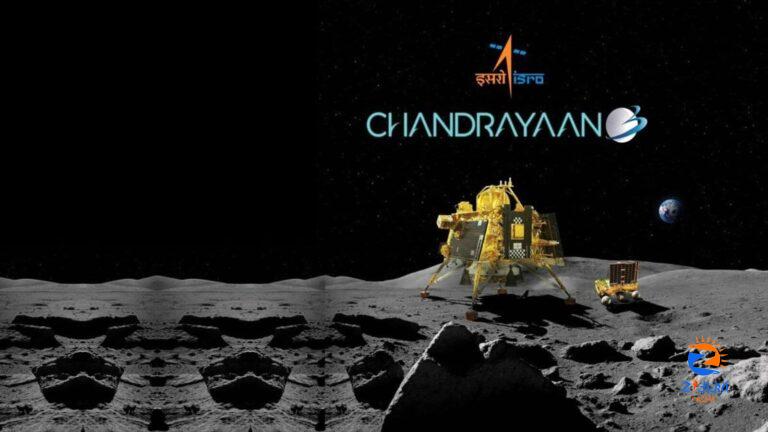
[ad_1]
Chandrayaan-3 update: India’s Moon mission is making headlines again, this time for its latest discovery on the Moon. A 160-km-wide Moon crater has been discovered near Chandrayaan-3’s landing site, according to the latest findings published in Science Direct journal. The scientists at Ahmedabad’s Physical Research Laboratory claimed that these findings were observed by the Pragyan rover.
The rover of India’s third Moon mission continues to explore the South Pole region of the lunar surface, reported India Today. The new crater site was discovered using the data collected by the Pragyan rover as it traversed a highland terrain around 350 km from the Aitken basin in the South Pole region. This basin is the largest and oldest impact basin on the Moon’s surface.
The dust and rock from the new layer play an important role in developing our understanding of the early geological evolution of the celestial body. According to scientists, the new crater was formed before the formation of the Aitken basin, making it one of the oldest geological structures on the lunar surface.
The journal dated September 20 states, “We found a semi-circular, heavily degraded structure encompassed around the landing site, which is interpreted as a buried impact crater ~160 km in diameter probably formed before the SPA basin.”
It is important to note that the site is rich in material accumulated from past impacts and perhaps, is an area of interest for lunar exploration missions. The report mentioned that the crater has been buried under debris generated due to later impacts and has degraded over time.
It adds, “Chandrayaan-3 landed within an ancient region that hosts some of the most deeply excavated materials on the Moon.
The rover’s high-resolution images captured by its optical cameras have revealed important details about the structure of this ancient crater. According to scientists, this marks a rare scientific opportunity to study one of the earliest geological formations, which could possibly provide crucial insights into the Moon’s geological history and present.
[ad_2]